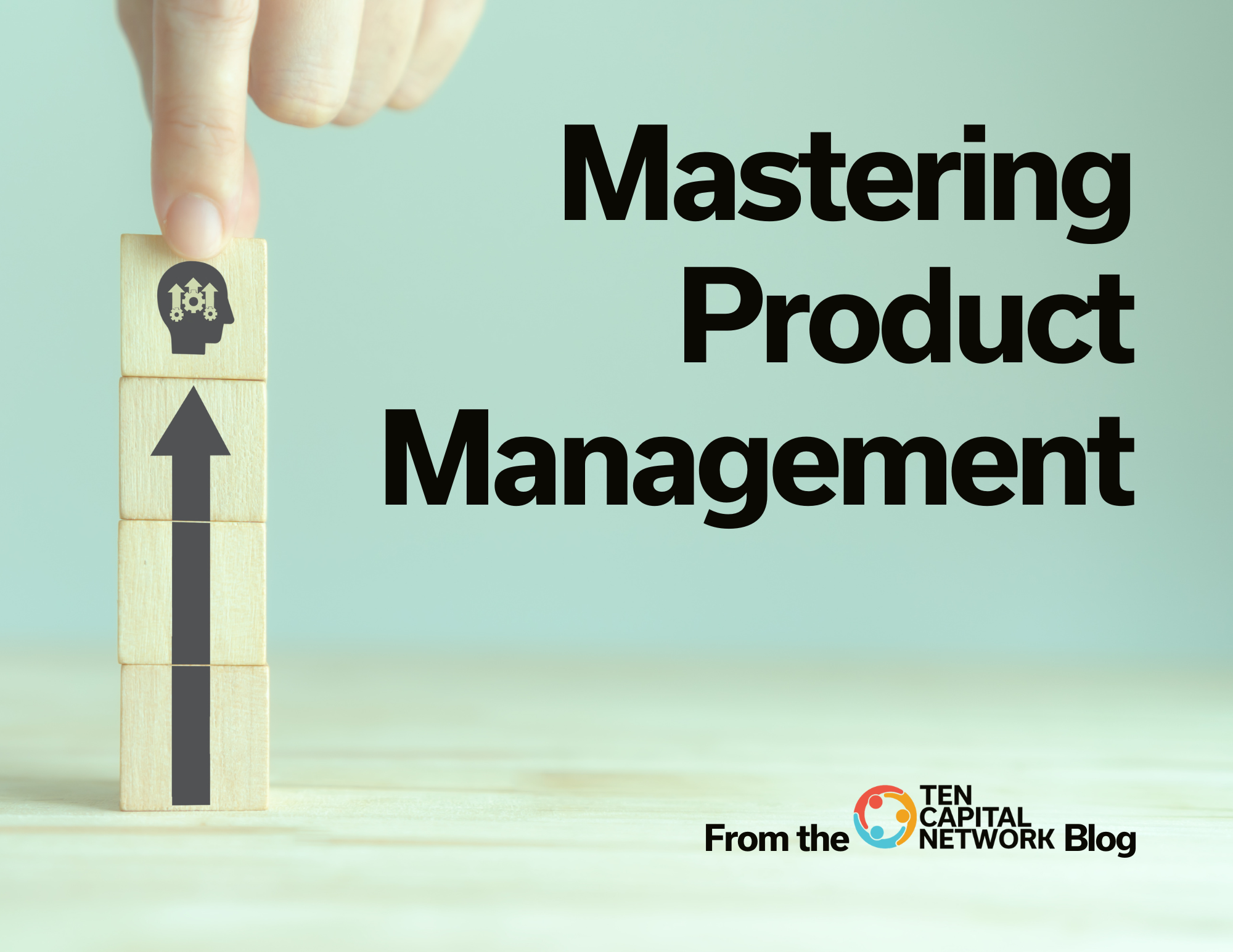2 min read In starting a new venture, most start by trying to write the business plan before the Business Model because everyone tells you how much you need one.
So you sit down to write the business plan and you start through your checklist:
“Management team…well so far, there’s only me, so I’ll just add two more positions to be determined later.”
“Problem to be Solved…well, that’s an interesting question. I’m solving so many problems, I’ll just say, we’re going to save the customer time, and make it easier for him to do his job. That should cover it.“
If the above description sounds familiar, it should. Most entrepreneurs start by trying to write the business plan but there’s not enough information to carry it through at the early stage.
There are too many decisions still to be made. There’s too much information not yet accumulated.
Business Plans vs. Business Models
Instead of working on the business plan from day one, work on the business model.
Focus on how you are going to generate revenue and what will be your core costs. If you figure this out, then you have the key elements of a business plan. You can fill in the other pieces based on the business model.
For example, the management team positions will become clear once you know the business model. The problem you are solving is much clearer and so it goes with the other elements of the plan.
The Nine Models for Making Money
The business model in short answers the question: how do you make money? Here are the nine business models as outlined in Managing the Digital Enterprise:
- Brokerage Model: bringing buyers/sellers together.
- Advertising Model: promoting products/services to an audience
- Infomediary Model: gathering information about an audience and monetizing it
- Merchant Model: selling goods/service either wholesale or retail
- Manufacturer (Direct) Model: selling goods/services directly to the user without an intermediary
- Affiliate Model: providing purchase opportunities wherever people may be
- Community Model: selling ancillary products/services in a community
- Subscription Model: charging for ongoing usage of a product/service
- Utility Model: charging based on how much of a product/service is used.
In today’s web-based world, it’s common to use two or more of these models in the same business.
Before fundraising, it’s important to identify the business model. The business doesn’t have to generate a great deal of revenue but it needs to have a clearly defined business model that is scalable.
Feel free to try out our calculators and contact us if you would like to discuss your fundraise: https://www.startupfundingespresso.com/calculators/

Hall T. Martin is the founder and CEO of the TEN Capital Network. TEN Capital has been connecting startups with investors for over ten years. You can connect with Hall about fundraising, business growth, and emerging technologies via LinkedIn or email: hallmartin@tencapital.group.





